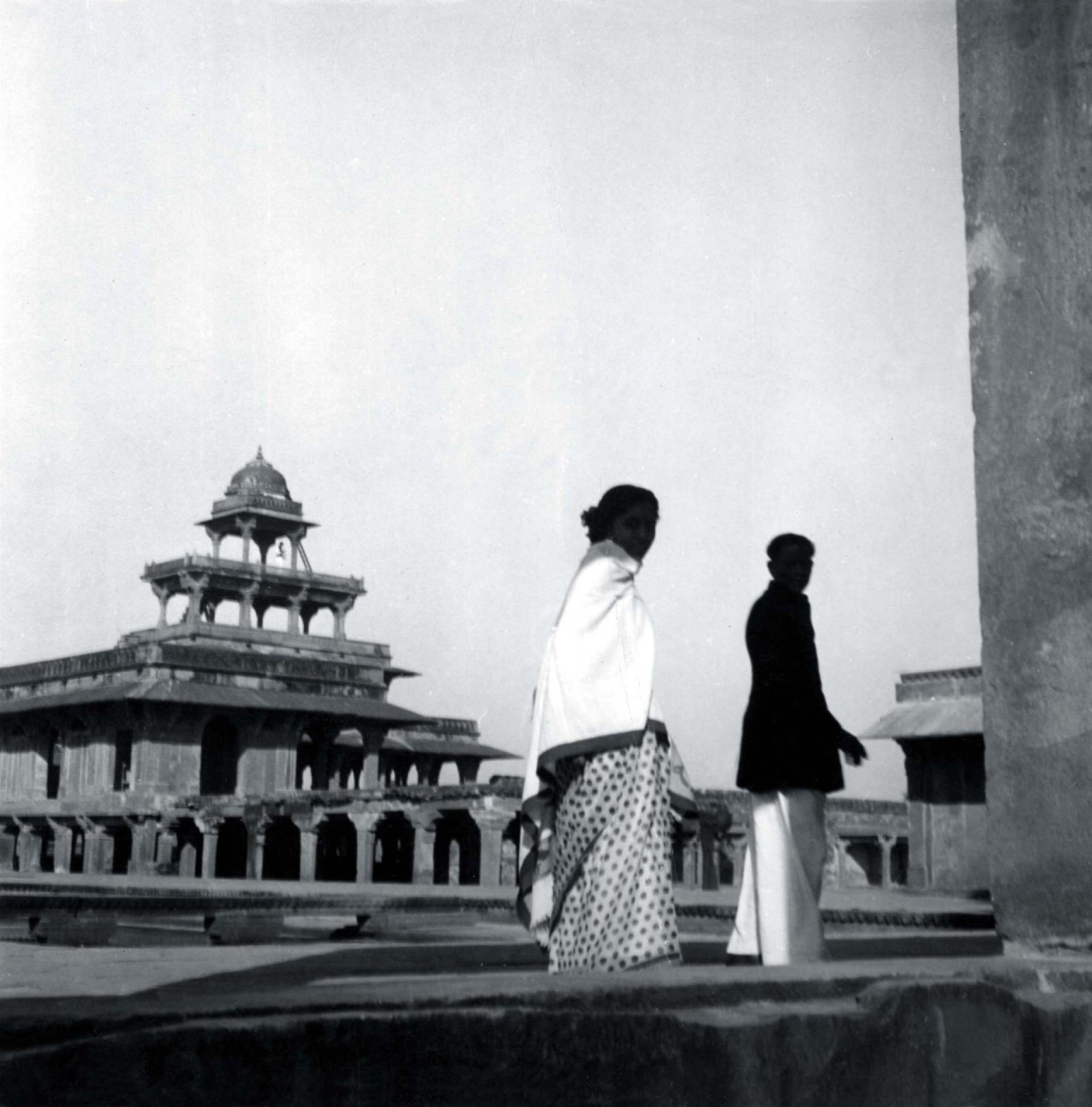Pritzker Balkrishna Doshi
For Balkrishna Doshi numerous contributions as an architect, urban planner, teacher, for his steadfast example of integrity and his tireless contributions to India and beyond, the Pritzker Architecture Prize Jury selects him as the 2018 Pritzker Laureate.
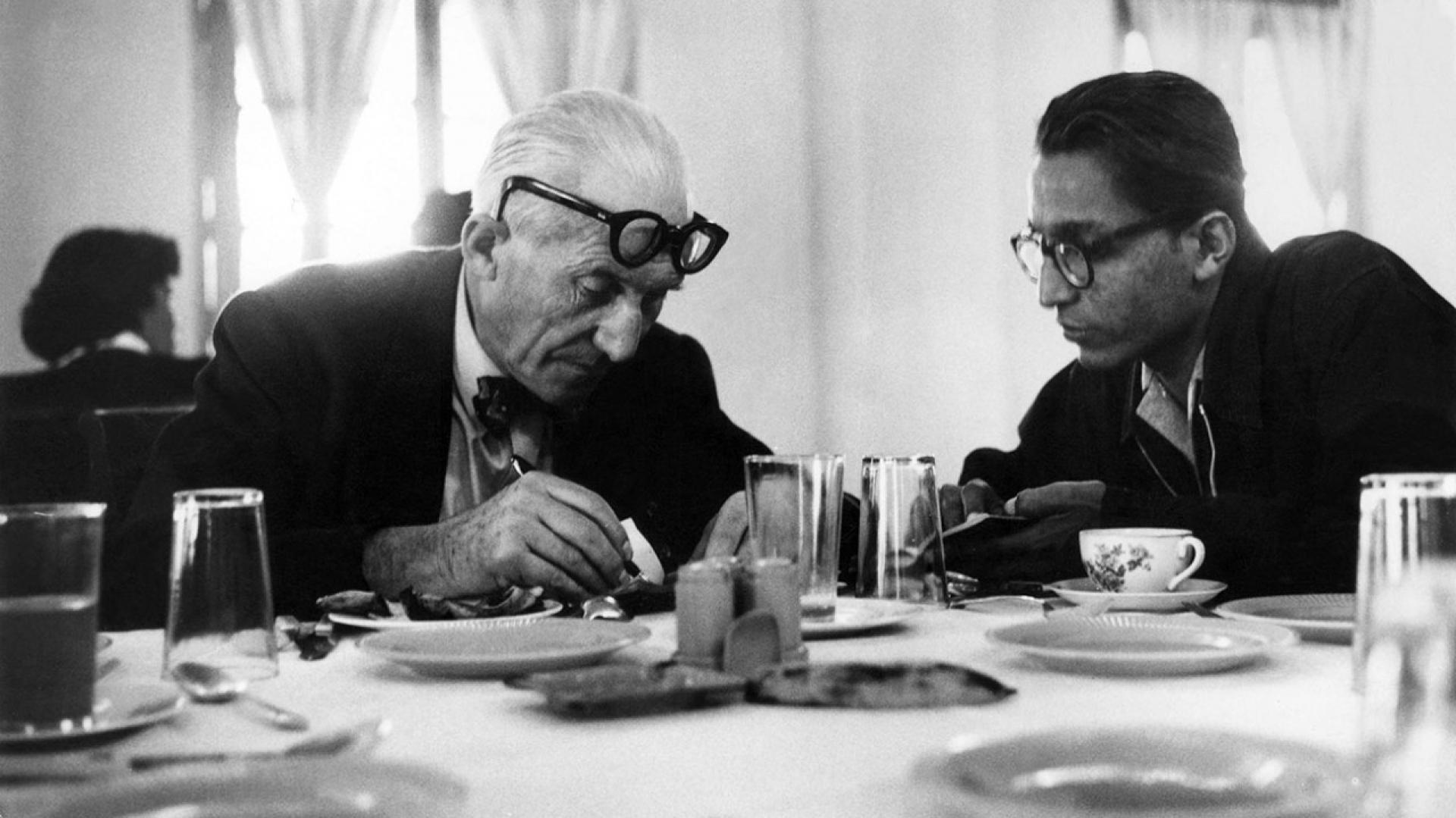
Doshi collaborated with two masters of the 20th century, Le Corbusier and Louis Kahn, and his early works show influence in the robust forms of concrete.
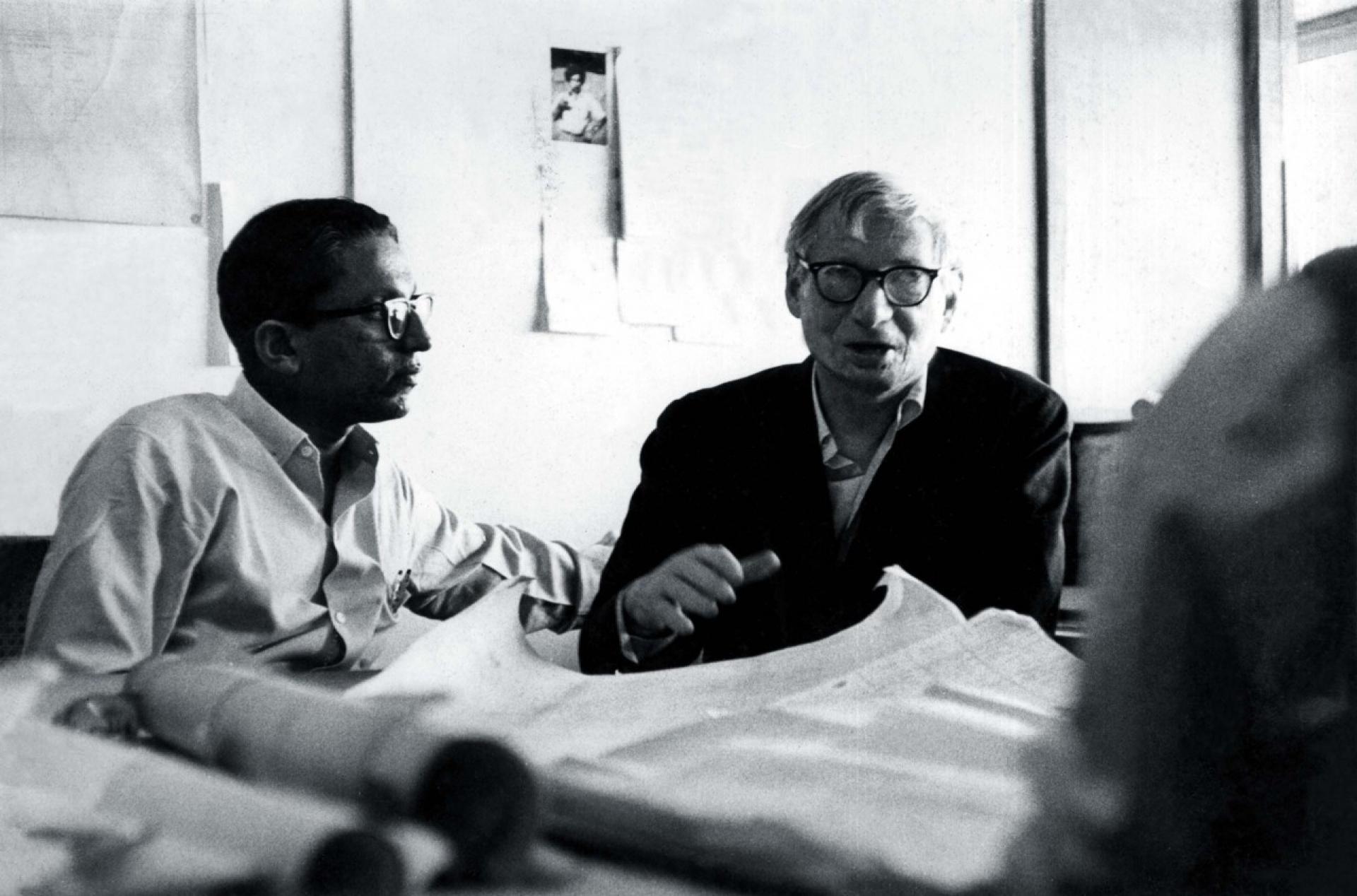
“Doshi took the language of his buildings beyond these early models. With an understanding and appreciation of the deep traditions of India’s architecture, he united prefabrication and local craft and developed a vocabulary in harmony with the history, culture, local traditions and the changing times of his home country India” emphasizes the Pritzker Architecture Prize Jury, as “Doshi has always created an architecture that is serious, never flashy or a follower of trends with a deep sense of responsibility and a desire to contribute to his country and its people through high quality, authentic architecture.”

The Institute for Indology is one of Doshi’s first buildings outside of Corbusier’s office. | Photo © Pritzker Architecture Prize
Aware of the context he takes into account the social, environmental and economic dimensions. Using patios, courtyards, and covered walkways he created spaces to protect from the sun, catch the breezes and provide comfort and enjoyment in and around the buildings.
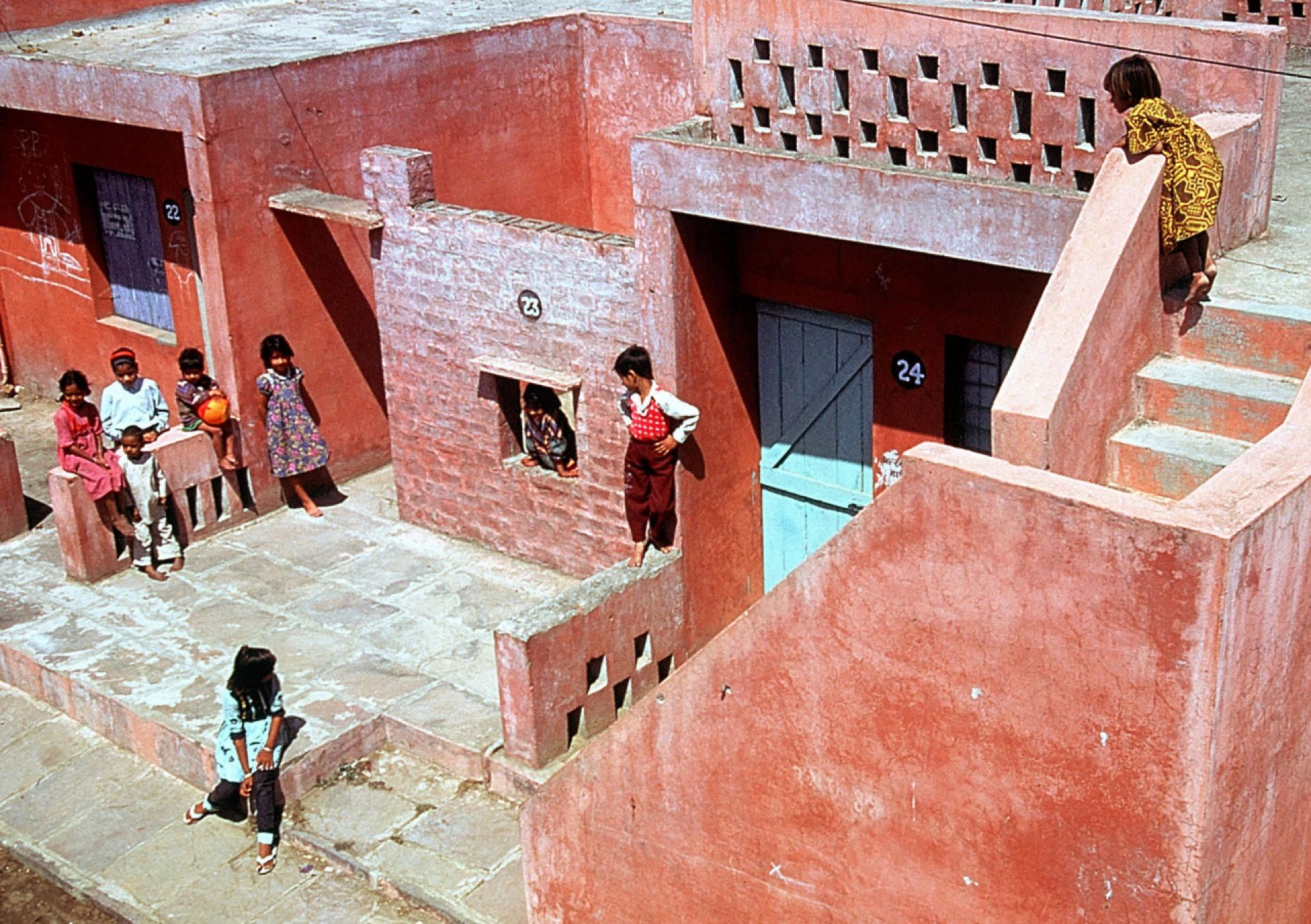
His architecture for the community is a testament of his understanding how cities should be designed. For his first low-income housing project Aranya Housing he said “It seems I should take an oath and remember it for my lifetime: to provide the lowest class with the proper dwelling.”
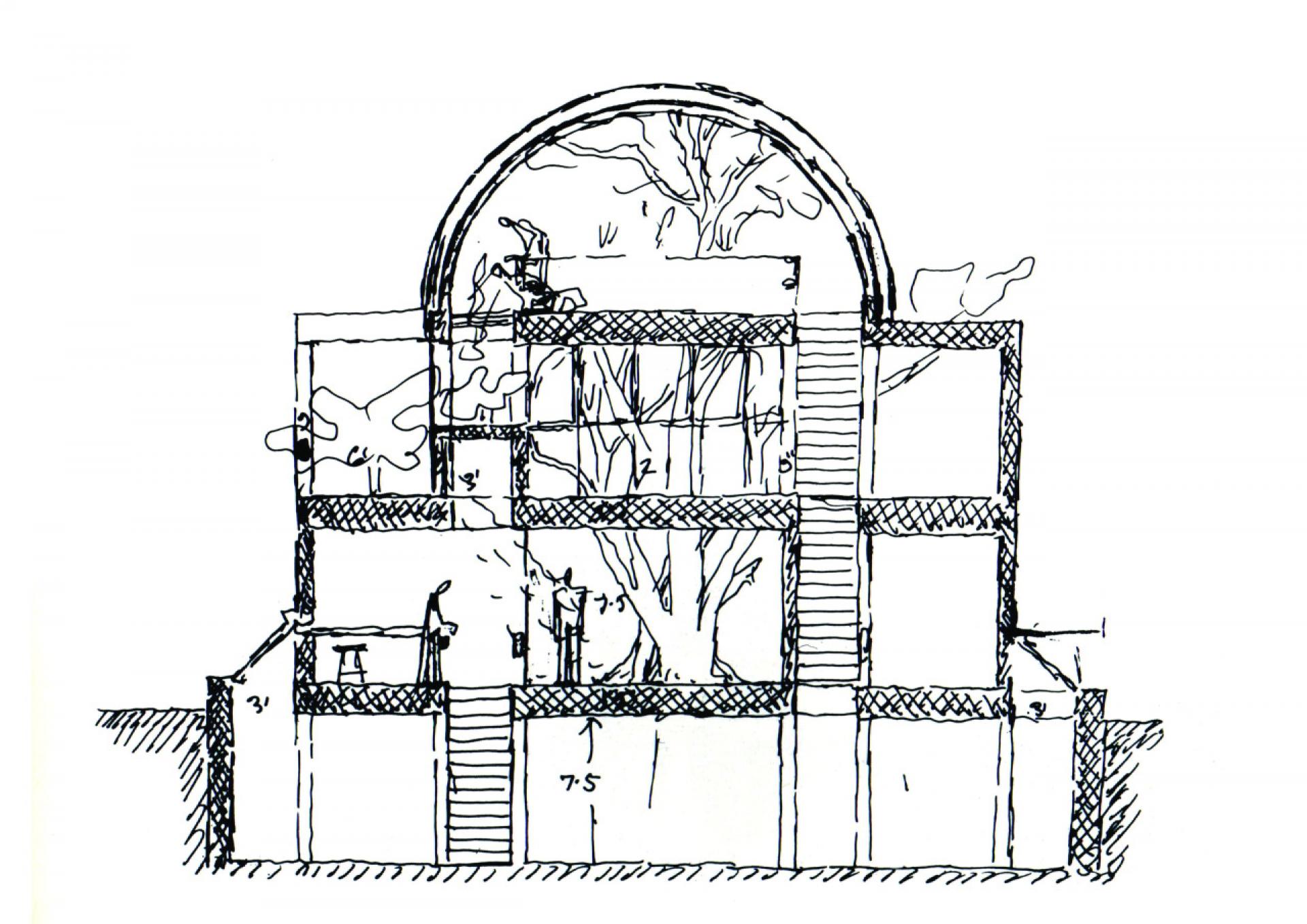
His Sangath studio (the Sanskrit word means to accompany or to move together) shows his understanding of making architecture as he integrate it with the natural characteristics of the site. He has created an equilibrium and peace among material and immaterial, which result in his spaces as he “constantly demonstrates that all good architecture and urban planning must not only unite purpose and structure but must take into account climate, site, technique, and craft, along with a deep understanding and appreciation of the context in the broadest sense. Projects must go beyond the functional to connect with the human spirit through poetic and philosophical underpinnings.”
